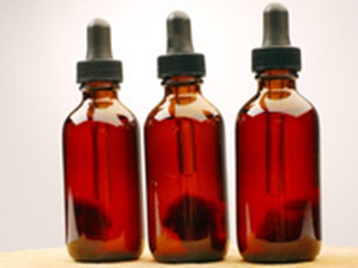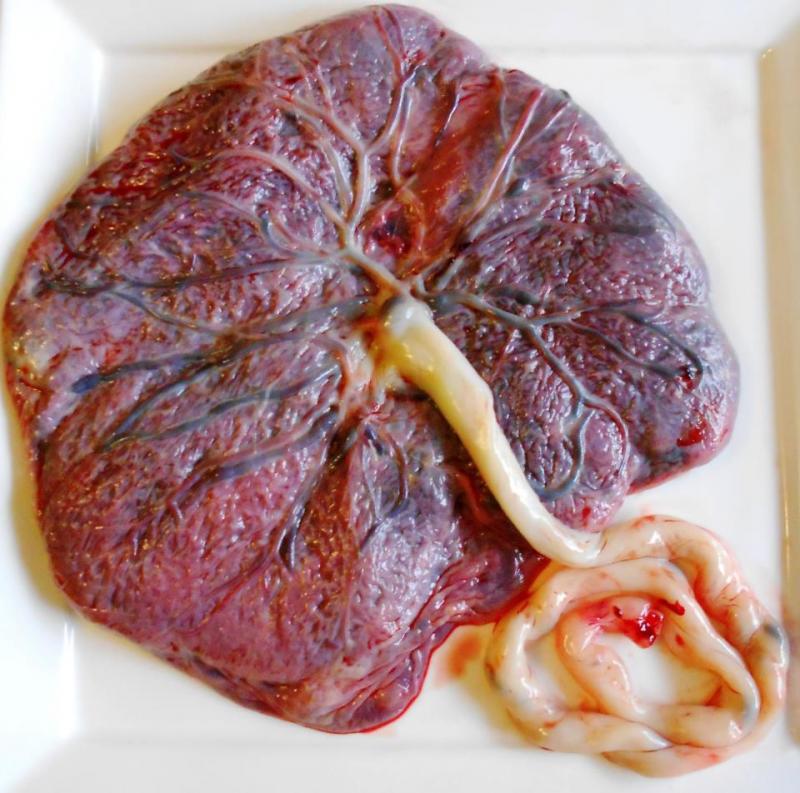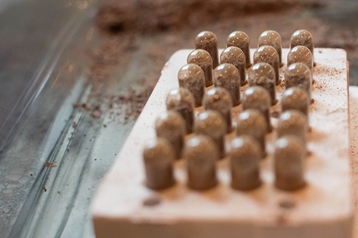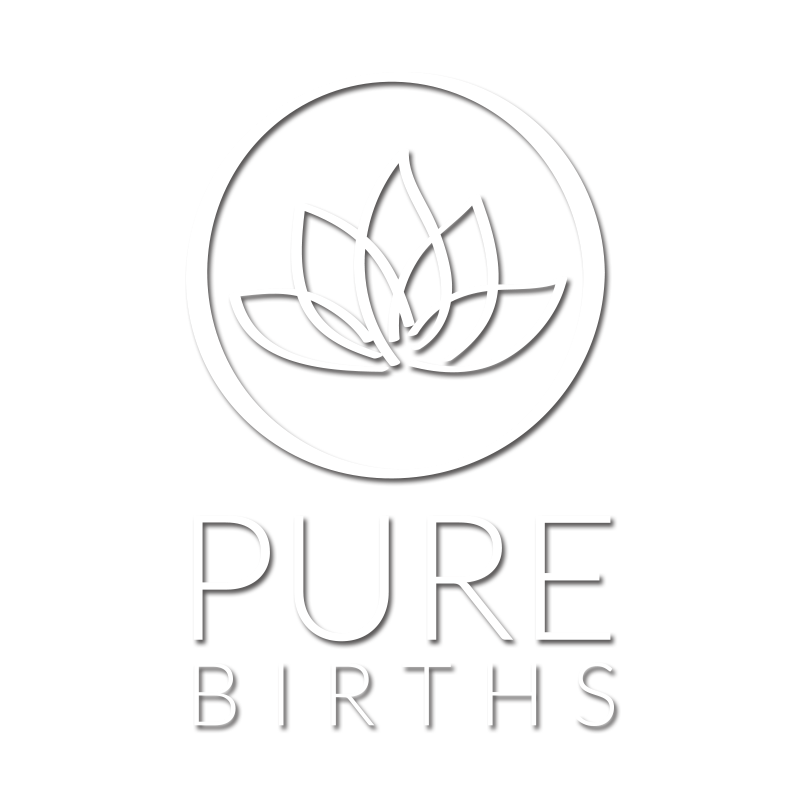Many cultures around world have known the secret power of the placenta as a medicinal supplement. Among the Chinese and Vietnamese, it is a customary practice to prepare the placenta for consumption by the mother. The placenta is thought to be rich in nutrients that the mother needs to recover more readily from childbirth. In Italy, women have been known to eat parts of the placenta to help with lactation. Hungarian women bite the placenta to expedite the completion of labor. Knowledgeable midwives in this country have their birth mothers take bites of raw placenta to help stop hemorrhaging, due to its beneficial oxytocin content. (noted within our midwifery texts) In the Western civilizations some women have found that you can dehydrate, grind, and put it into capsules to also experience the benefits.
Traditional Chinese Medicine has been using placenta medicinally for thousands of years. One of the well-known TCM uses for placenta, or Zî hé ch?, is to help with insufficient lactation. Interestingly enough, in 1954, researchers conducted a study on 210 women who were expected to have insufficient milk supply. They gave dried placenta to the women, and discovered that 86% of them had a positive increase in their milk production within a matter of days. It is exciting to see that some scientific research has validated TCM theories of the benefits of placenta. More recent research has discovered that placentophagia could enhance pain tolerance by increasing the opium-like substances activated during childbirth. This would obviously be beneficial during the postpartum healing process. (Placenta as a Lactagogon; Gynaecologia 138: 617-627, 1954).
Researchers from the National Institutes of Health (NIH) conducted a study that focused on CRH (Corticotropin-Releasing Hormone). CRH is a stress reducer, and is generally produced by the hypothalamus. During the last trimester of pregnancy, the placenta secretes so much CRH that the levels in the bloodstream increase threefold. However, it was also discovered that postpartum women have lower than average levels of CRH, triggering depressive symptoms (Baby blues – postpartum depression attributed to low levels of corticotropin-releasing hormone after placenta has been released.
American Medical anthropologists at the University of South Florida and University of Nevada, Las Vegas, surveyed new mothers, and found that about 3/4 had positive experiences from eating their own placenta, citing "improved mood", "increased energy", and "improved lactation. Sited from Steamed, Dehydrated or Raw: Placentas May Help Moms’ Post-Partum Health. UNLV anthropology survey examines why women consume their placentas after childbirth.". UNLV News Center. Retrieved March 25, 2013
Human placenta has also been an ingredient in some traditional Chinese medicines, including using dried human placenta, known as "Ziheche" to treat wasting diseases, infertility, impotence and other conditions.
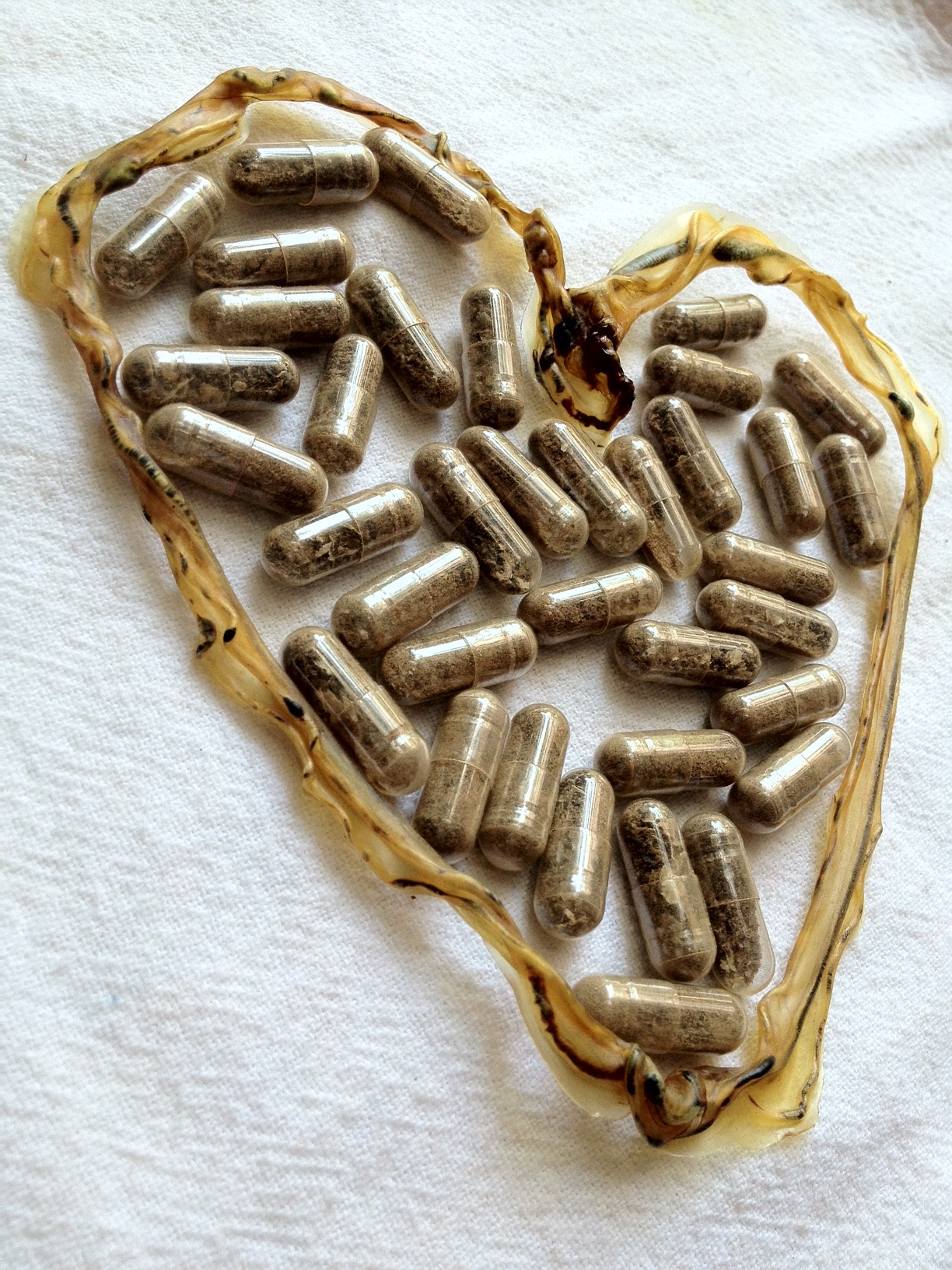
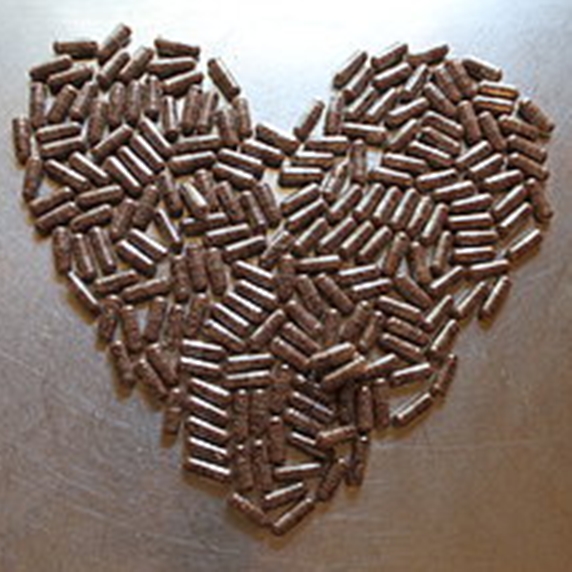 Im
Im